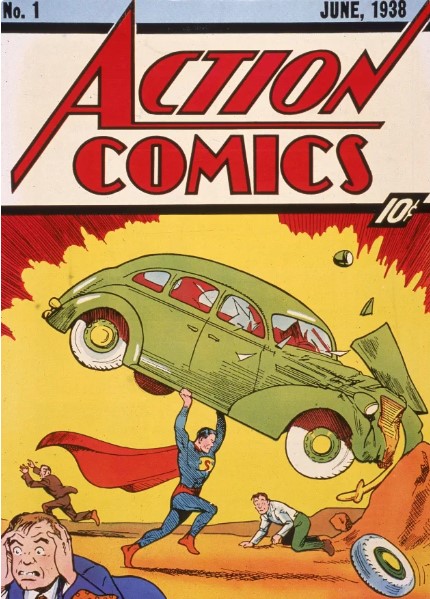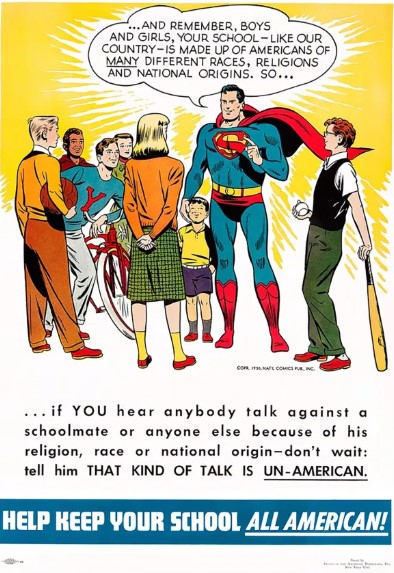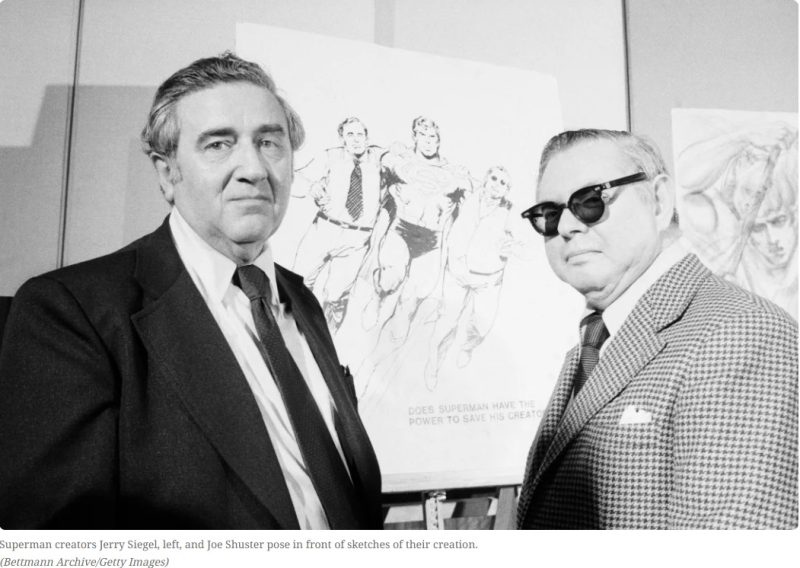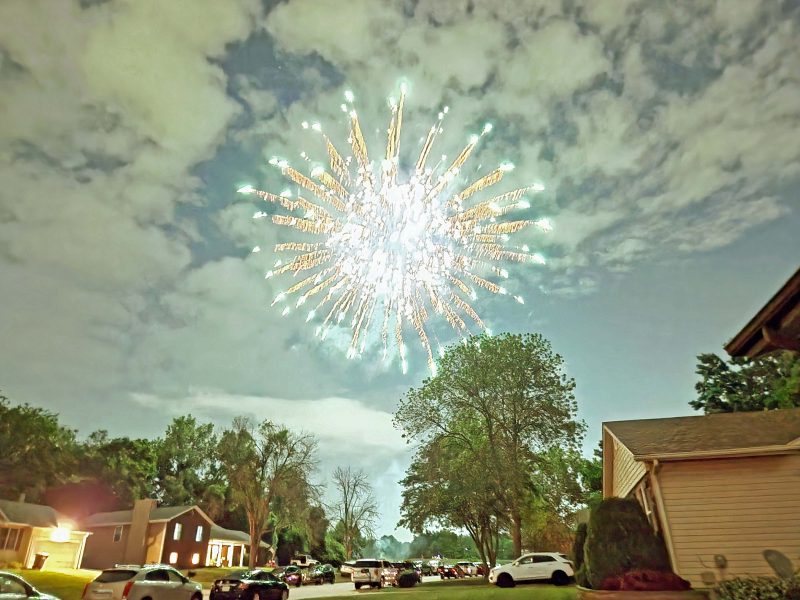Ted and I have been working on updating our house and yard for two years, and we’re almost finished. In late July, we finished the outdoor updates with some tree trimming and thinning.
Tulip tree
This tulip tree is special. When our children were in elementary school, every fourth-grader was given a tree sapling on Arbor Day. At the time, the saying was that the best survival rate for these saplings was at the homes of the kids’ grandparents. Our kids’ grandparents did not live nearby, so we planted them in our yard.
Jeff and Kathy each received an evergreen. Both of those died within a few months. Thom was given an oak tree. He named it Fred, and it lived for a few years until bunnies chewed off all the bark at the bottom of the trunk. Kari’s sapling was a tulip tree. She named it Paul, in honor of her Grandpa Paul. Roughly 40 years later, that tree still lives. Unfortunately, a disease struck it a year ago and our arborist has been working with us to save it. It looks much better now than it did before the treatments.

Now that the tulip tree is healthier, we decided that it’s time to prune the formerly-diseased, now-dead branches. The workers needed a cherry-picker to reach the high branches.
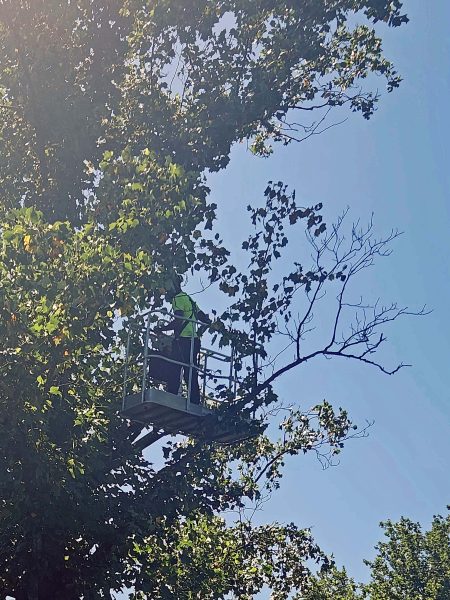
Here are the before and after pruning pictures. The “after” tree doesn’t look as full in this photo as it does in the above “healthier” photo because I took this picture earlier in the year, before it was fully leafed out. The tree looks better without the deadwood.


Magnolia trees
Long ago, in 2010, Ted and I hired a landscape designer to beautify our yard. He must have been amused at our naiveté. We don’t have strong gardening skills, so we took his word for everything and paid him a small fortune (in our terms) to install what he’d planned. Some of the things his team planted were very nice; most of them were overdone and/or overplanted; and about one-half of them died within 2-4 years (after the one-year survival warranty, of course).
The designer placed three trees in stupid (my opinion) places: two beneath the pergola and one beside the pool deck. After (I think) 9 years, one of the trees beneath the pergola died. For the 15 years since they were planted, we have tried to keep the other two trees trimmed to fit under the pergola and beside the pool. Although we enjoy the magnolia blooms every spring, we decided that those plants just want to be trees, not shrubs. They’re growing almost faster than we can keep them trimmed back. We were starting to feel a little claustrophobic with a tree closing off half of our view on one side of the pergola and of skimming leaves from the other one out of the pool. It was time for them to become “giving trees” and to give mulch to gardeners, so we had them removed.
Here goes magnolia tree #1. Surprisingly (to us), it took less than 30 minutes to make these trees disappear. That’s a tiny fraction of the time we’ve been spending to keep them pruned away from the pergola and the pool!



Because of the (idiotic) places these trees were planted, the tree company could not get a stump grinder in place, so we have low-cut stumps now. We’ll have to think of a way to enhance them. Any ideas?

And here goes magnolia tree #2.



Our patio view no longer feels claustrophobic. Here’s the before picture, followed by the after picture.

As you can see, we still have plenty of trees without those two magnolias.

Burning bush hedge
I’ve mentioned in previous posts that, when fall arrives and the burning bushes turn bright red, it looks like nearly everyone in the area has at least two burning bushes in their yard. We have six–four in a privacy hedge, one beside the storage shed, and one at one end of our house. The burning bush hedge reached a point where Ted and I could not trim it without a tall stepladder, so we decided to take it down and keep it shorter. Here’s one of the tree guys beginning to do that for us.

The worker has part of the hedge trimmed, but hasn’t yet done some of the back side. You can see how much he’s taking off.

Here’s the hedge at a manageable height. With air and light, the bushes will fill out by next spring. A four-man professional team with professional knowledge and tools, completed all this tree/bush work in under 3 hours. I’m looking forward to the time we’ll save next spring when we’ll only have the now height-accessible burning bush hedge to trim.

Japanese maple
The landscape designer put a Japanese maple in a dumb place too. It’s one of his plantings that has survived and we’ve continued to trim it in the shape it had when it was planted. Over time, however, it’s getting to be a challenge to keep it trimmed away from the sidewalk so that we can walk past it without ducking. It’s also reached a point at which we can’t reach any higher with our electric trimmer to keep it trimmed back. Like the magnolias, we decided this little tree also wants to be a real tree, so we trimmed it from the bottom up. The carpet roses along the front porch (again, planted by the landscaper) have also survived, but they never look very good and can barely be seen from the road. In addition, Ted is tired of deadheading them all the time. We took them out this year.

Now the Japanese maple can grow to be a tree and the annuals we planted along the porch have brought us numerous compliments from neighbors and passing pedestrians.

That completes our outdoor updates–at least for a few years. We still have a little bit to do inside our house. Watch for the coming changes. They’re in progress as I write this post.
